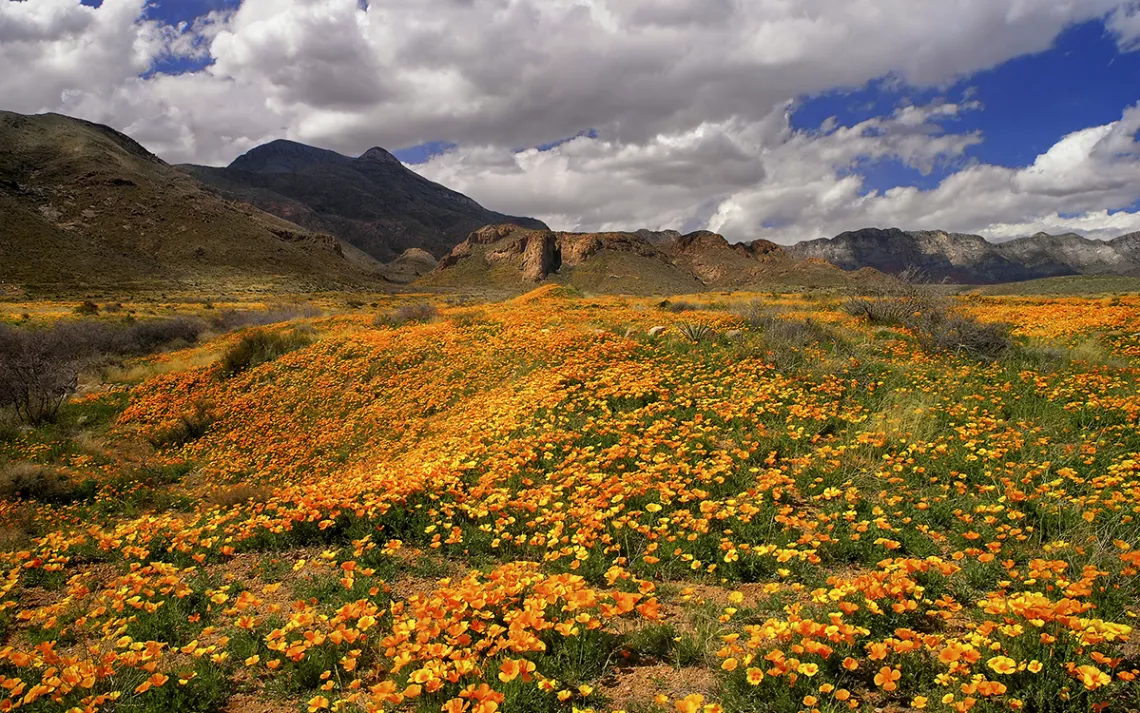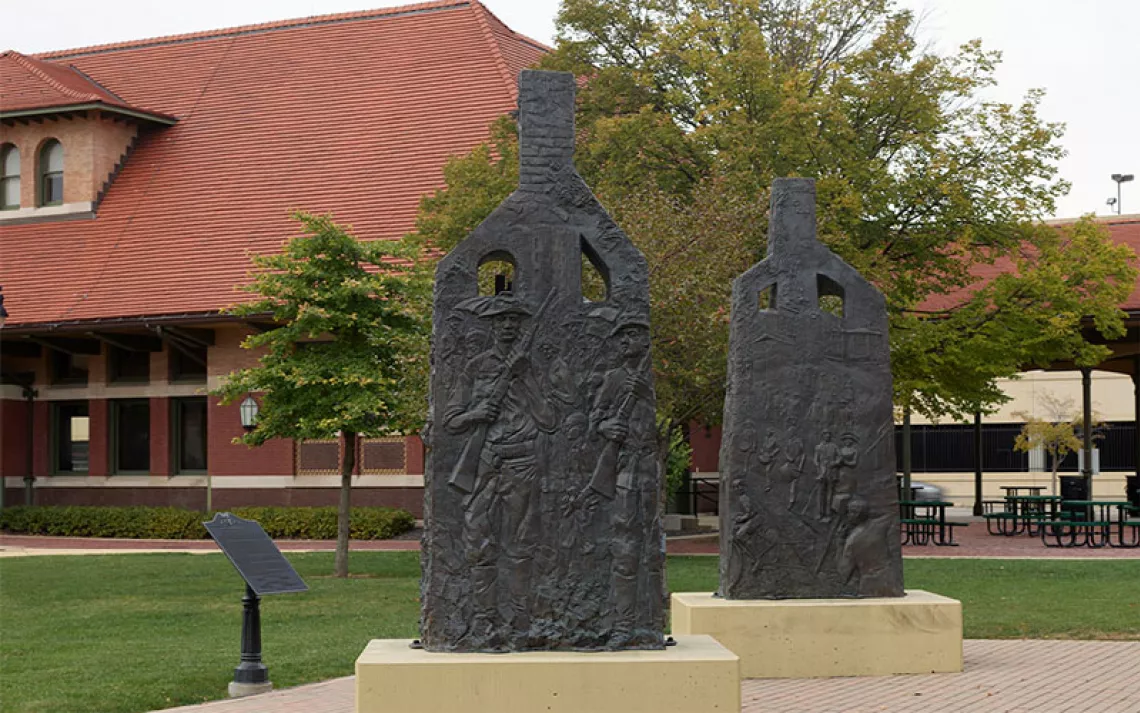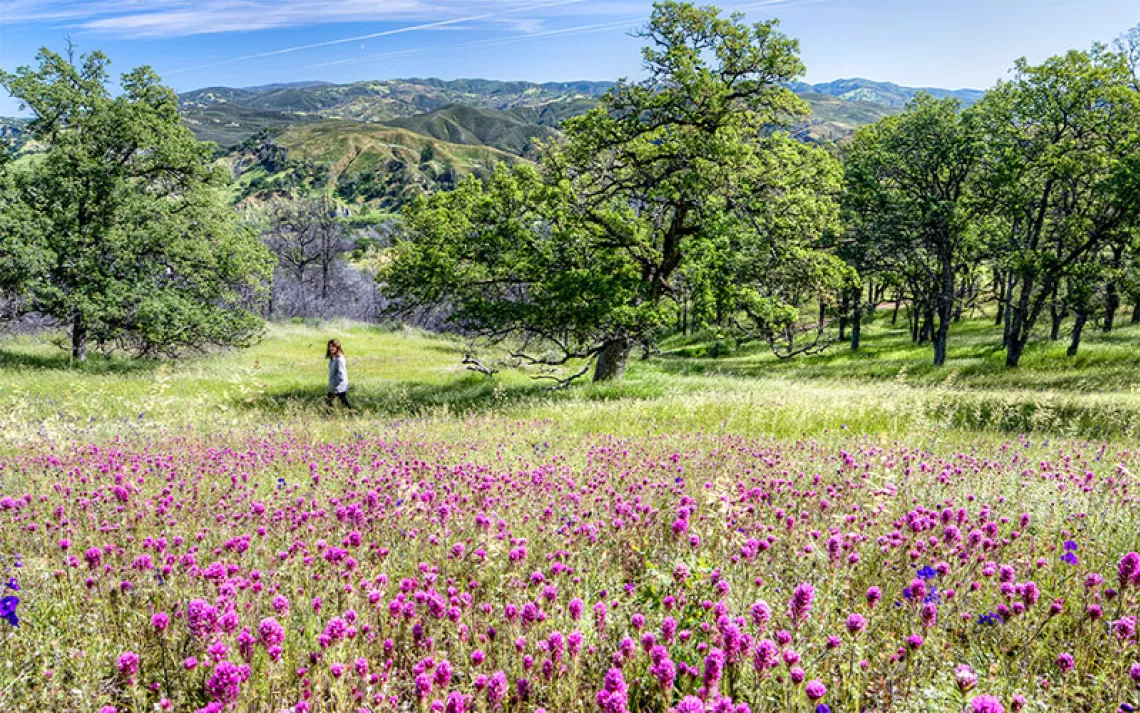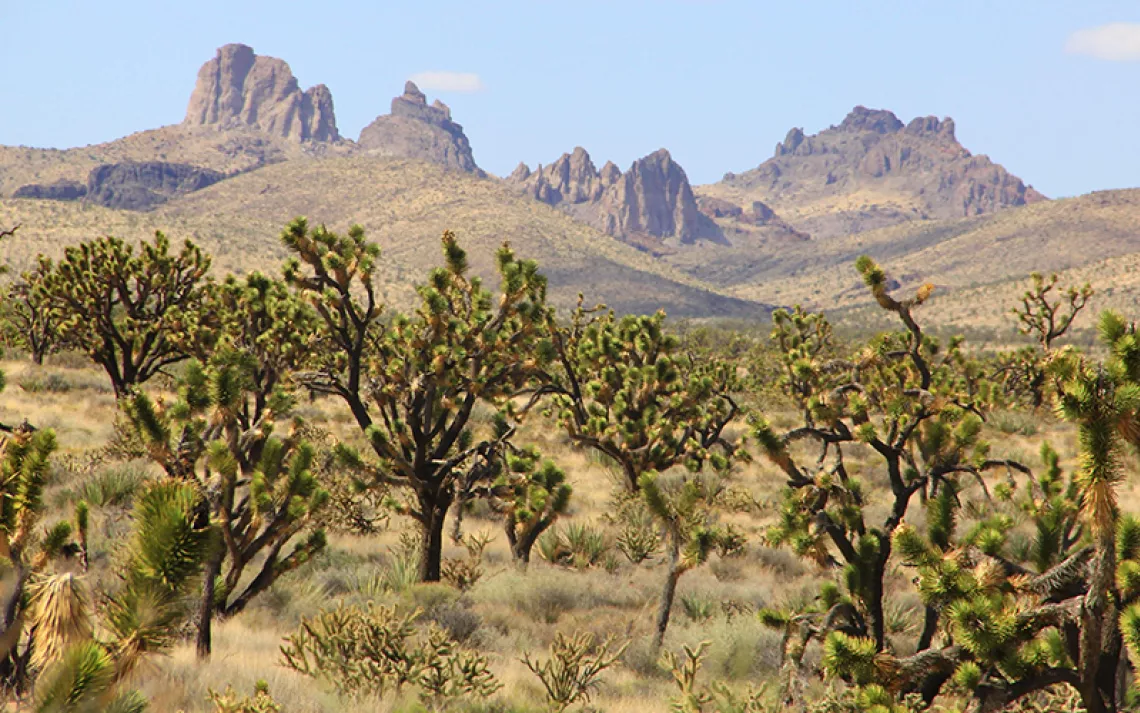4 Natural Landscapes on Our National Monument Wish List
Here’s how to make “America’s best idea” even better

Photo by Mark C. Clune
Correction: The original version of this story gave the impression that the Sierra Club supports the proposed Range of Light National Monument in California. The organization is not in support of the Range of Light National Monument.
Often referred to as “America's Crown Jewels,” our public lands network—made up of national forests, refuges, parks, and monuments—is an embarrassment of riches we can all celebrate on our nation’s birthday, and every other day too. The awe-inspiring majesty of the Tetons, the breath-taking depths of the Grand Canyon—these are the natural landscapes that conjure pride and joy. However, these aren’t the only places worth rallying around. There's so much more we can protect. And President Joe Biden's vision of protecting 30 percent of land and water by 2030, now called the America the Beautiful campaign, aims to do just that. It's going to take a multipronged approach that includes private land conservation and federal declarations, but there is one path that the president could take to help us get there a lot more quickly. And it starts with national monuments.
Since 1906, the Antiquities Act has granted the president broad authority to designate public lands as national monuments, so as to preserve cultural heritage, landmarks, and areas of “scientific interest.” Seventeen presidents since Theodore Roosevelt have used the power granted by the Antiquities Act to protect 158 national monuments from vandalism, looters, and further development. In addition, it's served as a powerful tool during times when the House and Senate are gridlocked. (Designations only require executive action, thus bypassing a dysfunctional Congress.)
Many of our most iconic national parks—including the Grand Canyon, Acadia, Bryce, and Olympic—started as national monuments. It is for this reason that many conservationists have started grassroots movements to designate new monuments. In fact, some of the push to preserve and expand monuments is coming from within President Biden's administration. Just last month, Interior Secretary Deb Haaland urged Biden to restore full protections to Bear Ears National Monument and Grand Staircase–Escalante National Monument via an internal report. (Both monuments were severely diminished by the Trump administration, by 85 percent and almost half, respectively.) Haaland also requested that fishing restrictions be reinstated for the Northeast Canyons and Seamounts Marine National Monument, a marine ecosystem off the coast of Massachusetts that is about as large as Connecticut.
Citizen groups are also leading the charge to create new monuments. From California to West Virginia, grassroots efforts to designate areas of significant importance to local cultures and ecosystems are well underway. We won't protect the full 30 percent of land and water with national monuments alone, but they can play a key role in helping us get there. Here’s conservation activists’ national monuments wish list.
Avi Kwa Ame in Nevada
A coalition of Indigenous tribes, conservation organizations, and recreation groups are proposing a 380,000-acre national monument at the southern tip of Nevada. Establishing a new monument here would create a vital connection between the Mojave National Preserve to the west and Lake Mead National Recreation Area to the east. The area is also home to numerous cultural heritage sites that are sacred to Native tribes. Avi Kwa Ame is the Mojave Tribe name for Spirit Mountain, a 5600-foot-tall batholith in the east of the proposed area. It is also the tallest peak in the Newberry Mountains. The area is also part of Yuman tribe members’ creation story. Home to the world's largest Joshua tree forest, the area is a key stopping point for migrating birds and hosts one of the densest desert tortoise populations in the state. The need to create a new national monument here has become more urgent in recent years as developers have been eyeballing the area for a 30,000-acre wind farm. The Department of the Interior blocked the original proposal in 2018, but Avi Kwa Ame will never be safe without protections. "We want to make sure that this land stays preserved for the future," Gabriel di Chiara, a Nevada Conservation League organizer, told Sierra.
Castner Range in Texas
Located just north of El Paso, Texas, and east of Franklin Mountains State Park, Castner Range is the ideal spot to create a national monument. Adding this 7,081-acre landscape to existing natural areas would increase connectivity and access to green space for almost 1 million people in the greater El Paso metropolitan area. While the area was primarily used as a military base in the middle of the 20th century, archaeological evidence suggests that humans have occupied the area for more than 10,000 years. Among the items found were arrowheads, pottery, and ancient structures. The area is still owned by the Department of Defense, and the presence of unexploded bombs has kept most human activity at bay. This has not, however, deterred reclamation by nature. The area is home to an abundance of wildlife, including 62 bird species, 20 species of lizards, and 29 types of snakes. In addition, many large mammals like mountain lions, bobcats, and mule deer also call it home. This past Earth Day, Representative Veronica Escobar of El Paso introduced legislation that would designate the area as a national monument.

Sign up to receive Sierra News & Views
Get articles like this one sent directly to your inbox weekly.
With this action you affirm you want to receive Sierra Club communications and may vote on policy designated by the Sierra Club Board.
Birthplace of Rivers in West Virginia
The Mountain State is renowned for its natural beauty, and no place in the state captures the essence of Appalachia more than the Monongahela National Forest. The almost-million-acre forest is home to the highest ridge of the Allegheny Mountains, Spruce Knob, which stands at 4,863 feet. In addition, the unique topography of high peaks and deep ravines create conditions that are more akin to New England and southern Canada rather than the southeastern US. As a result, plant species like red spruce and cranberry grow in abundance. Within this forest exists a special spot called the Birthplace of Rivers. Over the past decade, an array of groups, including conservationists, land users, and recreation coalitions, have banded together to advocate for permanently protecting the 122,320 acres that make up the area. While most of the area is protected, the rules are vulnerable to administrative changes, say advocates. Designating the area as a national monument would enshrine these protections into law. At the heart of the proposed monument is the almost-50,000-acre Cranberry Wilderness Area, the largest wilderness designation in the east. Six waterways flow through—the Cranberry, Cherry, Elk, Gauley, Williams, and Greenbrier Rivers.
Douglas-Fir National Monument in Oregon
Some trees have captured the imagination to the extent that entire areas have been protected via their namesake—Redwood National and State Parks, Big Cypress National Preserve, and Saguaro National Park come to mind. A coterie of forest enthusiasts and advocates based in Oregon is hoping one of our newest national monuments will be dedicated to another iconic tree: the Douglas fir of the Pacific Northwest. The Friends of Douglas-Fir National Monument would like to see a 750-square-mile area along the Cascade Mountains (mostly inside of Willamette National Forest) protected to preserve this unique ecosystem. Located in between Eugene and Bend, the proposed monument spans 530,000 acres. For decades, the area has been heavily logged. A monument designation would end all old-growth logging and help spur restoration efforts in areas where tree plantations exist, according to the organizer’s website. The idea behind restoration is to return the forest to a complex, healthy ecosystem that mirrors pre-industrial logging. In 2017, the local Sierra Club chapter supported the measure.
 The Magazine of The Sierra Club
The Magazine of The Sierra Club



